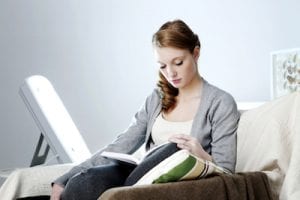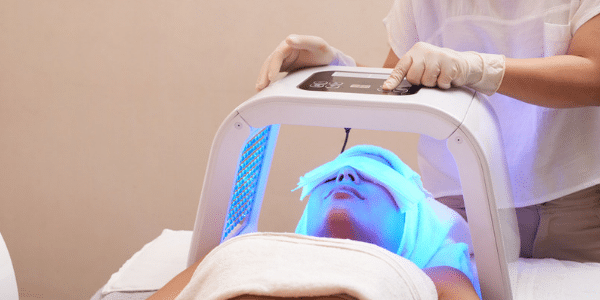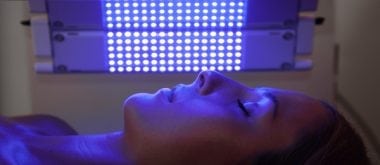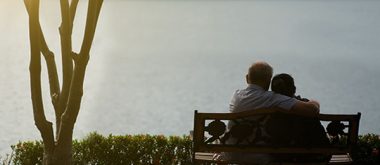Light therapy is used to treat those suffering from depression or seasonal affective disorder.
Seasonal Affective Disorder (SAD) is the depressed mood that people have during the cold winter times or in cold weather, where people feel tired, sad and less motivated in life. SAD causes the person to sleep more than usual and gradually fall into depression. The cold weather does not excite them in the same way the sunny weather would. Light therapy is known to ease the depressed mood of the person under the weather. It also helps women going through menopause.
The Benefits of Light Therapy
Light helps to regulate our body’s rhythms, allows our minds to stay focused as well as improves our well-being. If we do not receive enough natural light, it impacts our overall health. That is why light therapy will kick away the blues and make those suffering from menopause feel much better and less depressed. This therapy helps in keeping our circadian rhythms in check. If the circadian rhythm is altered, it affects the woman’s sleep, body performance, and mood.
Light therapy involves exposing people to different levels of light in controlled conditions. It can be used as a medication for people with seasonal and nonseasonal depression and those going through menopause. It can also be used alongside medication, because it is said to boost the effectiveness of the drugs and bring upon a speedier recovery.
The sun lowers blood pressure and helps in the production of vitamin D, of which its deficiency results in a depressive state. Light therapy is therefore essential in boosting mood and normalizing sleep patterns.
1) Sleep pattern becomes normal
Therapy during the day, preferably the middle of the day, is the best time to use the lightbox. When used at such a time, it improves sleep during the night. This helps return your sleep pattern to normal. Researchers say that women who did the therapy during the day got faster and better results than those who used it during the night.
2) Improved energy and mood
This therapy helps elevate your mood and energy levels. Most people, only after one session of treatment, report no longer feeling sad or depressed. They no longer sleep late and wake up late. Light therapy helps to keep one moving and accomplishing a lot during the day instead of staying at home in bed.
How It Works

For the therapy to be most useful during menopause, doctors recommended that you use a light on a daily basis during cold weather in winter to elevate your mood and regulate your sleep patterns. A doctor can monitor your progress during this time to diagnose you and help in the recovery of your low mood. If you are taking medication, ask your doctor if you can use your prescribed medicine and therapy simultaneously before moving forward with the treatment.
Make sure that the light coming from the lightbox does not affect your eyes and cause health issues. Use a light that blocks out the ultraviolet rays from reaching your eyes. Do your research beforehand and talk to people who have used light therapy to hear about how they have benefitted.





